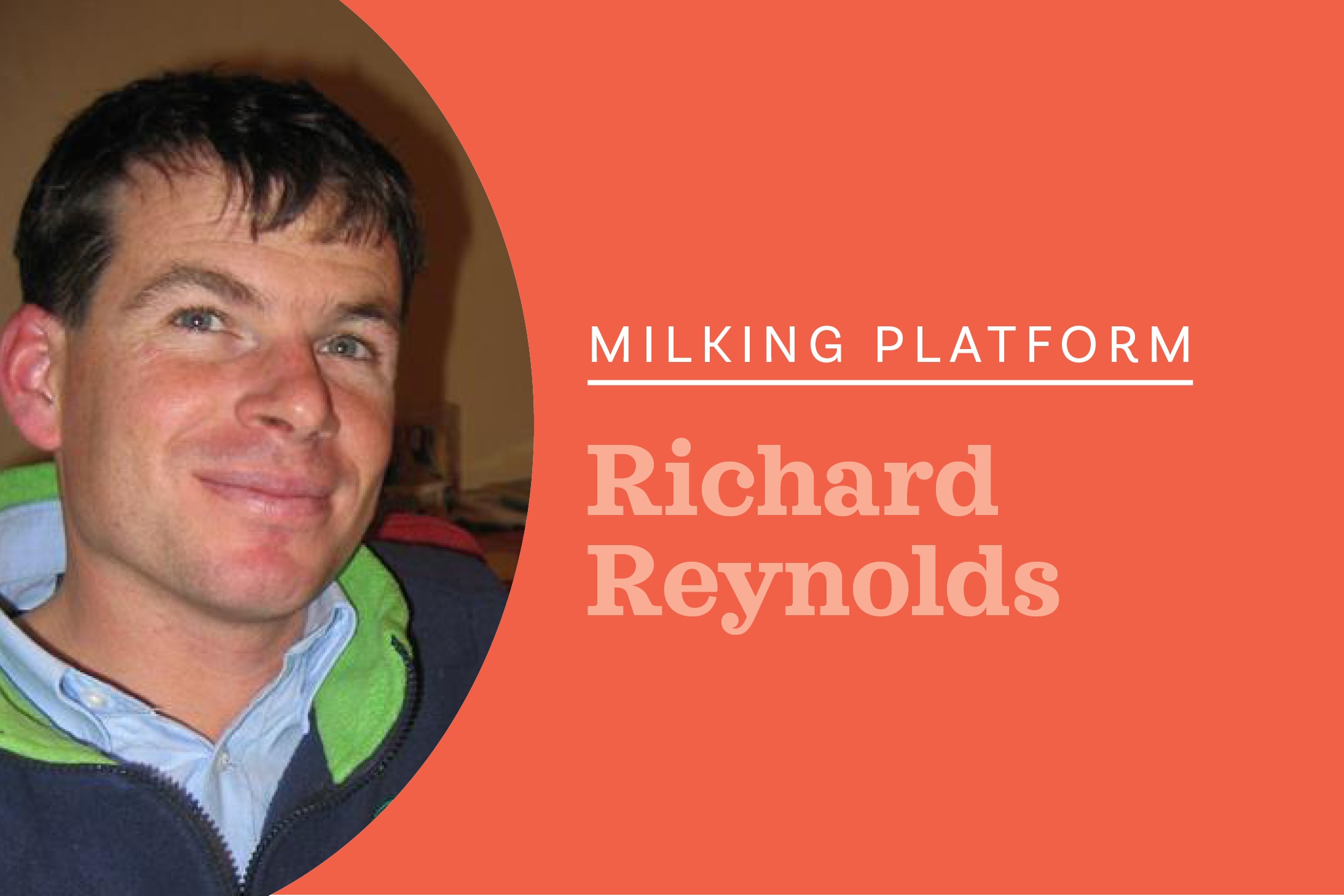George Moss is looking forward to the climate gods smiling on his Tokoroa operation.
Both farms are dry now, home farm in the first week of May the other farm in mid-April and no regrets in doing that despite the record milk price.
Home farm is down 5% and the other farm down 2% but it is worse than that, as it purchased three pallets of milk powder for calves, which takes the real decline to about 7% and it is worse than that again when account is taken of the six-figure sum of purchased feeds, ouch!
The slow spring meant the expected amount of supplement was not harvested, the dry summer hit at least a month earlier than we would have expected in the south Waikato and what rains that came, while significant, were too far apart. To top it off we took a hit from eczema which, given the amount of crop, silage and palm kernel going in, caught us by surprise.
Tokoroa Pastoral purchased maize silage to get the business through the winter and fortunately the dry autumn has meant good utilisation of that resource. Outcome Tokoroa Pastoral will have a less profitable year than last and largely saved by milk price. Watch for the Dairybase numbers later.
The good news is we still smashed a lot of debt and will look to do more to buffer against the rising rates of extortion. (Interest rate – for the uninitiated).
As mentioned before both farms are out of the money on the fixed milk price position (45% at $7.50) but we are still holding to the strategy as certainty is important to us. Pleasing pasture covers are over 2100kg drymatter (DM)/ha and cow condition is reasonable. We were fortunate in being able to get all culls gone by mid-March, but we still have prime animals on the dry block waiting and waiting for space at the works.
The decision has been made to put a lower order sharemilker on Tokoroa Pastoral for the coming season. This was driven by my ability or inability to adequately and with certainty provide relief cover for the almost 90 days of time off entitlement. This was especially challenging in spring physically for me as well as juggling my other commitments.
Silly me, I decided I should exercise my brain a bit more by doing the Intermediate Farm Environmental Planning Course through Massey University. It is a good course but I really found my limitations in terms of time and computer competency and I suspect I may have bitten off more than I can chew – I feel happy with my understanding of risks and mitigations but my ability to get it into a comprehensive report with the all appropriate referencing and acknowledgements is challenging – due date May 23 and only a quarter done. Should have waited for next year.
We attended an excellent SMASH day on Henry and Nicki Hendriks’ farm. They achieve outstanding reproductive performance with their herd of 3% MT’s and eight days to calving midpoint, all from eight weeks’ mating – brilliant! This is a real opportunity for us in our quest to reduce GHGs and improve overall performance.
Those there felt the performance was from the excellent management of transition cows. Clearly this has a significant role, along with the rising plane of nutrition, but I do wonder whether keeping the first-born heifer calves over several years has bred a “super fertile” herd? This year we will give serious consideration whether it is the first-born calves we keep or the highest indexed ones?
A close look at our transition cow management is also in order. Neil Chesterton on lameness was excellent as always and the take-home message for me was that we do not give our cows enough space on the yard when milking, necessitating overuse of the backing gate.
Let’s hope the climate gods smile till next time, and remember, it can always be worse.





